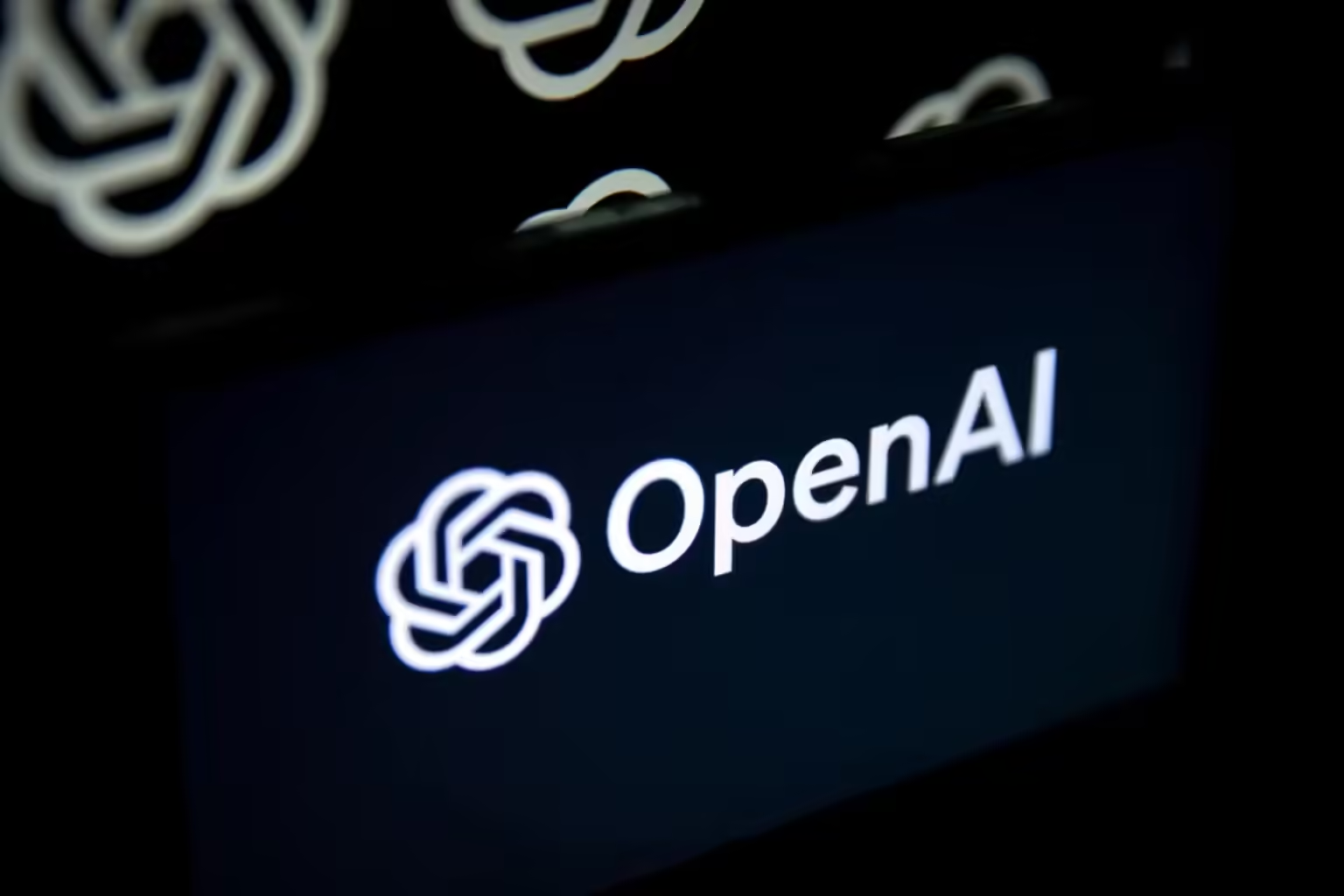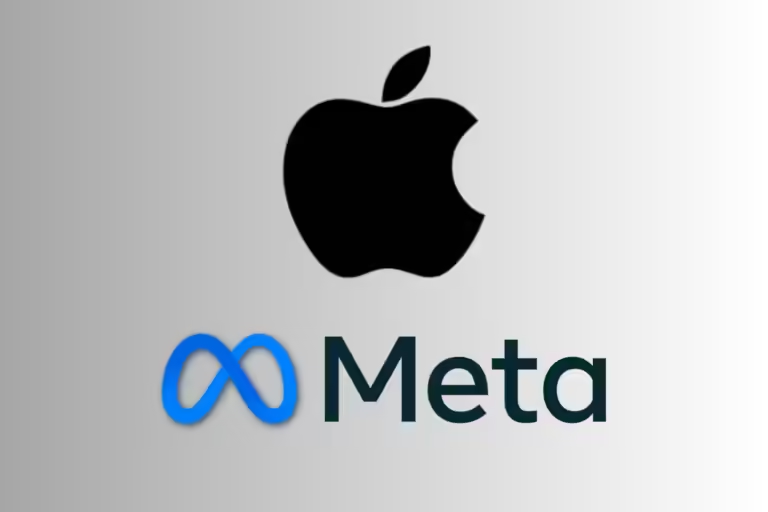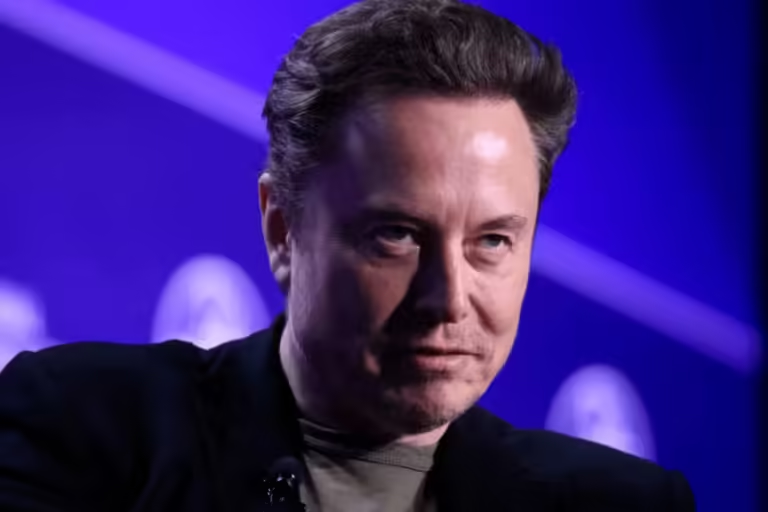
OpenAI’s $11.6B Revenue Forecast Unlocks New Investment Opportunities for 2025
OpenAI is currently raising $6.5 billion, and Thrive Capital is putting in more than $1 billion.
OpenAI is expected to make an impressive $11.6 billion by next year. This will make it a major player in AI and give investors a new chance to buy in by 2025.
People who know about the situation say that Thrive Capital is putting more than $1 billion into OpenAI’s current $6.5 billion fundraising round.
What these investors don’t get is the chance to put in an extra $1 billion at the same price next year if the AI company meets a sales goal.
The people, who asked to stay anonymous, said that OpenAI thinks its income will skyrocket from $3.7 billion this year to $11.6 billion in 2024.
One of the sources said that loses could reach $5 billion this year because of how much they change how much they spend on processing power.
Convertible debt is being used as capital right now. This round could end by the end of next week. OpenAI could be worth $150 billion if that happens, which would make it one of the most expensive private companies in the world.
As first reported by Reuters, this value depends on finishing a complicated reorganization that will get rid of the non-profit board’s power and get rid of the investor return cap. There is no set date, though, for when the change might be done.
Offering $1.2 billion, Thrive Capital was in charge of OpenAI’s last round of funding. Both its own fund and a special way for smaller donors to put money into it gave it this money. Some of the other companies that put money into the most recent round are Khosla Ventures, Apple, Microsoft, and Nvidia.


